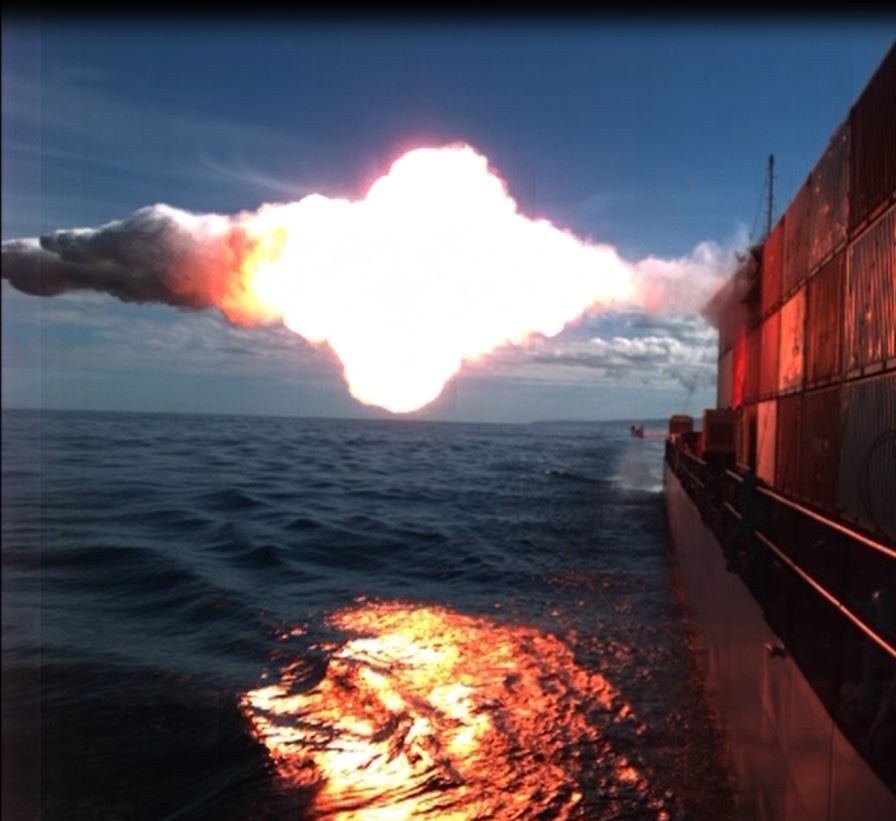
SAN DIEGO, CALIF. - The Pentagon’s number two civilian praised a January test of Raytheon Tomahawk missile that successfully struck a moving maritime target calling it a “game changing capability.”
Deputy Secretary of Defense Bob Work used the test of the Block IV Tomahawk as an example of quickly adapting existing technology in new ways of an example of the defense innovation in line with the pursuit of the Pentagon’s Third Offset Strategy.
“A big part of the Third Offset Strategies is to find new and innovative ways to deploy promising technologies,” Work said during a keynote speech at the WEST 2015 conference.
“This is potentially a game changing capability for not a lot of cost. It’s a 1000 mile anti-ship cruise missile.”
The benefits of using the Tomahawk as an anti-ship missile include the ability for the weapon to be used on a variety of U.S. Navy platforms.

“It’s a 1000 mile anti-ship cruise missile,” he said.
“It can be used by practically by our entire surface and submarine fleet.”
In the test, a Block IV fired from USS Kidd (DDG-100) struck a moving maritime target while being guided by a F/A-18 Super Hornet that issued instructions to the missile mid-flight.
The Tomahawk test is also in line with U.S. surface forces new, “distributed lethality” concept to put more offensive power on U.S. surface ships.
“[U.S. Surface Forces commander Vice Adm.] Tom Rowden talks about having distributed lethality in the fleet and this is exactly the way we can go about doing it,” Work said.
In January, U.S. director of surface warfare said modifying existing weapon systems would be a component of the distributed lethality concept.
“I go take a seeker – if that’s my problem – and I glue it on the front end of an existing missile. If it doesn’t go far enough, I put a new backend on it. If someone around the world is already flying it, I go buy it,” Rear Adm. Peter Fanta said in January.
Work said the addition of a new seeker on the Tomahawk could preclude the need to develop a new high power anti-ship missile (ASM) – considered an urgent need by U.S. forces in U.S. Pacific Command (PACOM).
“What happens if we take another step and just make an advanced seeker on the Tomahawk, rather than building a new missile?” Work said.
“We believe if we make decisions like that that we will be able to out turn potential adversaries and maintain our technological superiority.”
The Navy is currently testing a next generation ASM, the Long Range Anti-Ship Missile (LRASM).
Early iterations of the Tomahawk included an anti-ship variant – the Tomahawk Anti-Ship Missile (TASM). However most of the missiles were taken out of the Navy inventory in the early 1990s.
Currently, the Navy’s ASM is the RGM-84 Harpoon anti-ship missile – a decades old anti-ship missile – has thought to have been eclipsed in range and sophistication by weapons developed internationally, USNI News understands.





